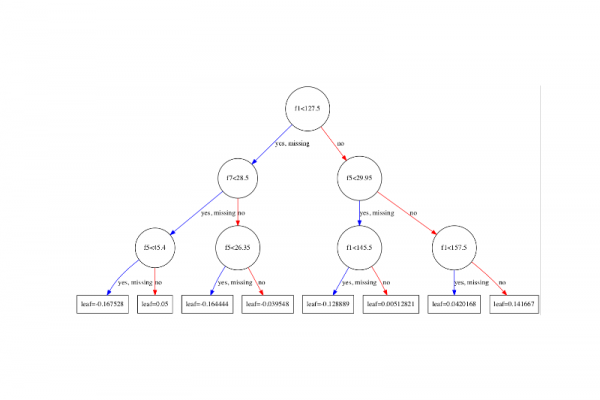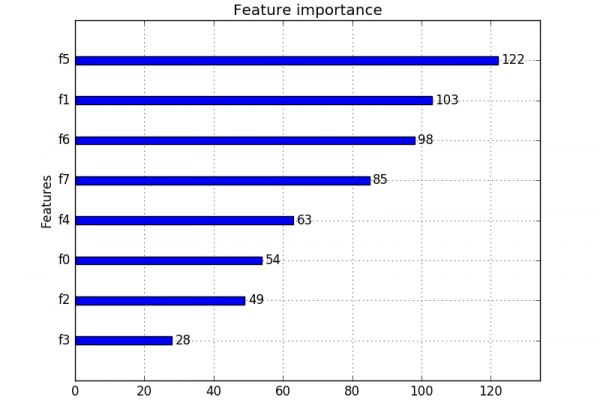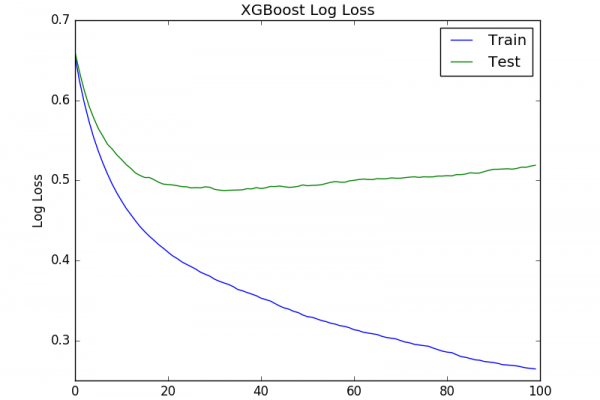How to Visualize Gradient Boosting Decision Trees With XGBoost in Python
Last Updated on August 27, 2020 Plotting individual decision trees can provide insight into the gradient boosting process for a given dataset. In this tutorial you will discover how you can plot individual decision trees from a trained gradient boosting model using XGBoost in Python. Kick-start your project with my new book XGBoost With Python, including step-by-step tutorials and the Python source code files for all examples. Let’s get started. Update Mar/2018: Added alternate link to download the dataset as […]
Read more








